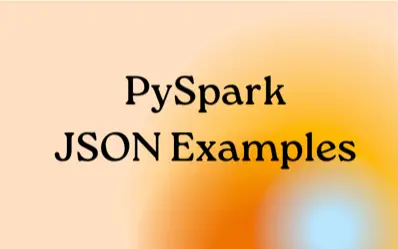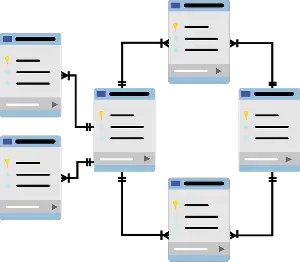PySpark JSON: A Comprehensive Guide to Working with JSON Data in PySpark
One of PySpark’s many strengths is its ability to handle JSON data. JSON, or JavaScript Object Notation, is a popular data format used for web applications and APIs. With PySpark, users can easily load, manipulate, and analyze JSON data in a distributed computing environment. This PySpark JSON tutorial will show numerous code examples of how … Read more











